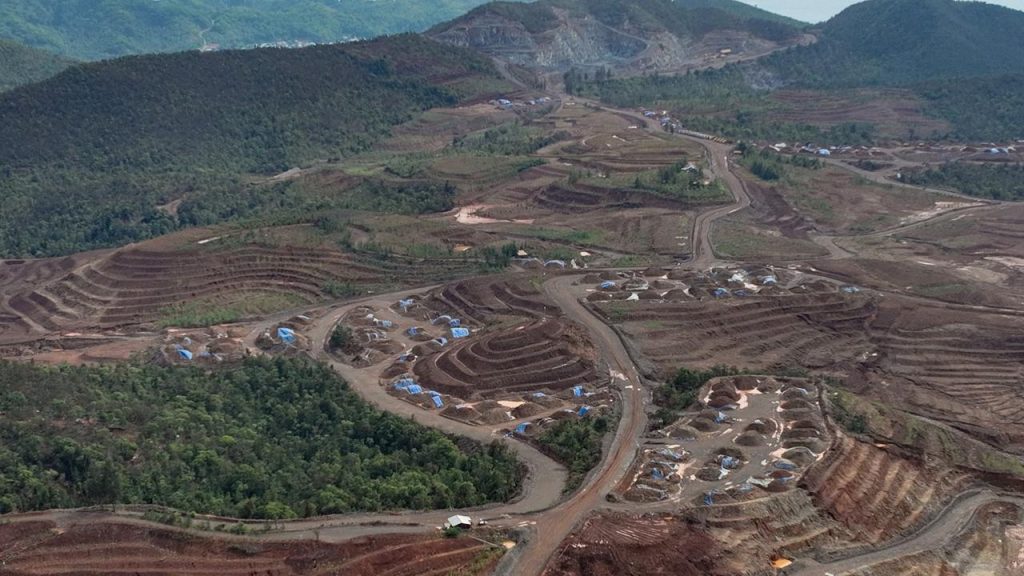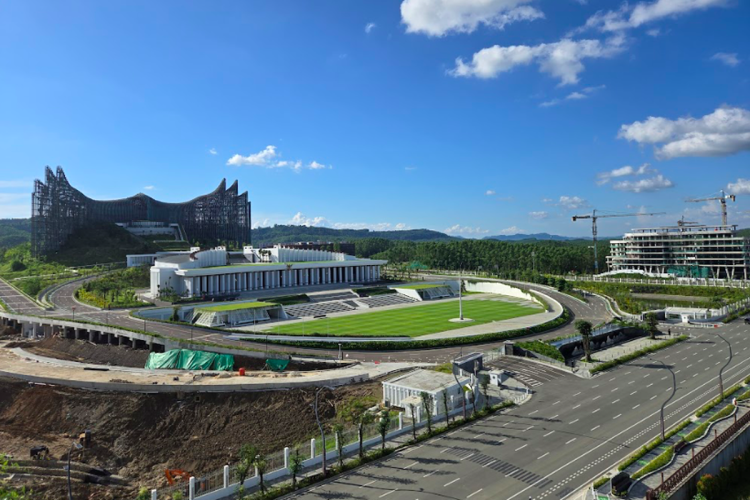Indonesia’s bold plan to shift its administrative capital from Jakarta to Nusantara in East Kalimantan has rapidly transformed from an ambitious domestic development project into a magnet for global sovereign wealth funds (SWFs). In 2025, as Nusantara evolves beyond blueprints into one of the world’s most closely watched urban experiments, sovereign wealth funds from across Asia, the Middle East, and beyond are directing billions of dollars into its infrastructure and development tiers. This surge raises critical questions: what is driving this intense SWF interest, and how does it fit into broader geopolitical, economic, and tax frameworks? Understanding the dynamics behind this inflow reveals insights into the intersection of infrastructure investment, geopolitical strategy, and financial incentives shaping Indonesia’s rise on the global stage.
Nusantara Infrastructure Investment Tiers
At the heart of sovereign wealth funds’ attraction to Nusantara lies the city’s multi-layered infrastructure investment model. Unlike conventional capital projects concentrated on a handful of flagship developments, Nusantara’s planners have crafted a tiered approach to build a comprehensive urban ecosystem. The first tier focuses on foundational public infrastructure: roads, ports, telecommunications networks, water treatment, and power generation facilities. These assets, often categorized as “core infrastructure,” offer relatively stable, inflation-linked cash flows that align well with SWFs’ long-term, risk-adjusted return mandates.
Sovereign wealth funds from Singapore, Abu Dhabi, and Norway have expressed interest in financing these foundational tiers. For them, Nusantara represents a rare opportunity to deploy capital into brownfield and greenfield projects within a growing emerging market that offers predictable regulatory oversight under Indonesia’s reformist governance framework. The city’s design prioritizes sustainability and resilience, integrating renewable energy grids and smart infrastructure solutions, adding an ESG dimension that appeals to SWFs increasingly bound by environmental mandates.
The second investment tier includes urban development projects—residential complexes, commercial centers, educational institutions, and healthcare facilities. These sectors offer higher yields but come with greater execution risk and exposure to local market cycles. To mitigate these, many SWFs are co-investing with Indonesian state-owned enterprises (SOEs) and reputable global developers, creating joint ventures that pool capital, expertise, and political capital. The involvement of experienced partners helps SWFs navigate the complex regulatory environment and local procurement procedures.
Beyond physical infrastructure, Nusantara’s third investment tier extends into innovation hubs, digital infrastructure, and green technology incubators. The Indonesian government has prioritized transforming Nusantara into a technology-driven smart city. Sovereign wealth funds with a tech investment focus are establishing innovation funds and venture capital arms to tap into startup ecosystems catalyzed by the capital’s development. This diversified investment strategy enables SWFs to capture not only traditional yield streams but also early-stage growth opportunities within Indonesia’s burgeoning digital economy.
Geopolitical Tensions with China
While the infrastructure and urban development prospects provide a strong economic rationale, the geopolitical context is an equally critical driver of SWFs’ Nusantara interest. Indonesia’s strategic location in Southeast Asia places it at the intersection of intensifying geopolitical competition, particularly amid China’s expanding influence through its Belt and Road Initiative (BRI) and assertive posturing in the South China Sea.

Several Gulf and East Asian sovereign wealth funds see Nusantara as a geopolitical hedge—a means to diversify exposure away from China-centric investments. Recent diplomatic tensions between China and Indonesia over maritime boundaries and trade disputes have prompted cautious recalibration of investment portfolios. Nusantara, situated far from Java and closer to Kalimantan’s less contested frontiers, symbolizes Indonesia’s strategic pivot toward regional balancing.
Moreover, Nusantara’s development aligns with broader efforts by Indonesia and its regional partners to strengthen infrastructure resilience independent of China’s BRI corridors. Sovereign wealth funds from countries wary of overdependence on China view Nusantara’s investment opportunities as politically safer and economically promising alternatives. This trend is visible in SWF annual reports highlighting increased allocation to Southeast Asian infrastructure projects outside Chinese influence zones.
At the same time, Indonesian authorities have maintained a diplomatic balancing act, inviting Chinese investors to participate in Nusantara while preserving majority control through domestic SOEs. This inclusive approach ensures a diversified investment base, but it also underscores the delicate geopolitics driving sovereign wealth fund decisions. Investors are not only seeking financial returns—they are positioning portfolios in ways that reflect shifting power dynamics in the Indo-Pacific.
Tax Incentive Deep Dive
Beyond strategic and developmental considerations, Nusantara offers an attractive fiscal environment that sweetens the sovereign wealth funds’ appetite. The Indonesian government has rolled out an extensive package of tax incentives designed specifically to catalyze capital inflows into the new capital zone. These incentives cover multiple aspects of the investment lifecycle and are tailored to the needs of long-term institutional investors such as SWFs.
Key tax breaks include extended tax holidays for up to 15 years on corporate income generated within Nusantara, exemptions from value-added tax (VAT) on infrastructure materials, and accelerated depreciation allowances on capital assets. Additionally, investors benefit from preferential withholding tax rates on dividends and interest payments, significantly enhancing after-tax yield profiles.
Crucially, Nusantara enjoys a distinct regulatory status as a “special economic zone” with streamlined permitting processes and reduced bureaucratic hurdles. These features reduce operational friction, enabling sovereign wealth funds to execute investments more efficiently than in other Indonesian regions. The government’s commitment to transparent regulatory frameworks backed by digital infrastructure further improves investor confidence.
Additionally, Nusantara’s tax framework includes provisions to encourage sustainable investments aligned with Indonesia’s climate goals. Green bonds and ESG-compliant projects receive preferential tax treatment, supporting SWFs’ growing focus on responsible investing. This integration of fiscal policy with sustainability objectives marks Nusantara as a forward-looking investment jurisdiction that matches the evolving priorities of global sovereign wealth funds.
Conclusion
The rush of sovereign wealth funds to Indonesia’s new capital reflects a confluence of factors transcending mere infrastructure demand. Nusantara represents a unique blend of investment stability, strategic geopolitical positioning, and competitive fiscal incentives. Its tiered infrastructure model offers diversified risk-adjusted returns, while the city’s geopolitical role as a buffer in China’s expanding influence adds an essential strategic dimension. Coupled with tax regimes designed to attract and retain long-term institutional capital, Nusantara stands out as one of Asia’s most compelling sovereign wealth fund destinations in 2025.
As Nusantara’s construction progresses and its urban vision materializes, the role of sovereign wealth funds will likely deepen, shaping not only Indonesia’s economic landscape but also the geopolitical fabric of Southeast Asia. For global investors, Nusantara offers more than a city—it presents a multifaceted opportunity where infrastructure meets diplomacy meets innovation.














































